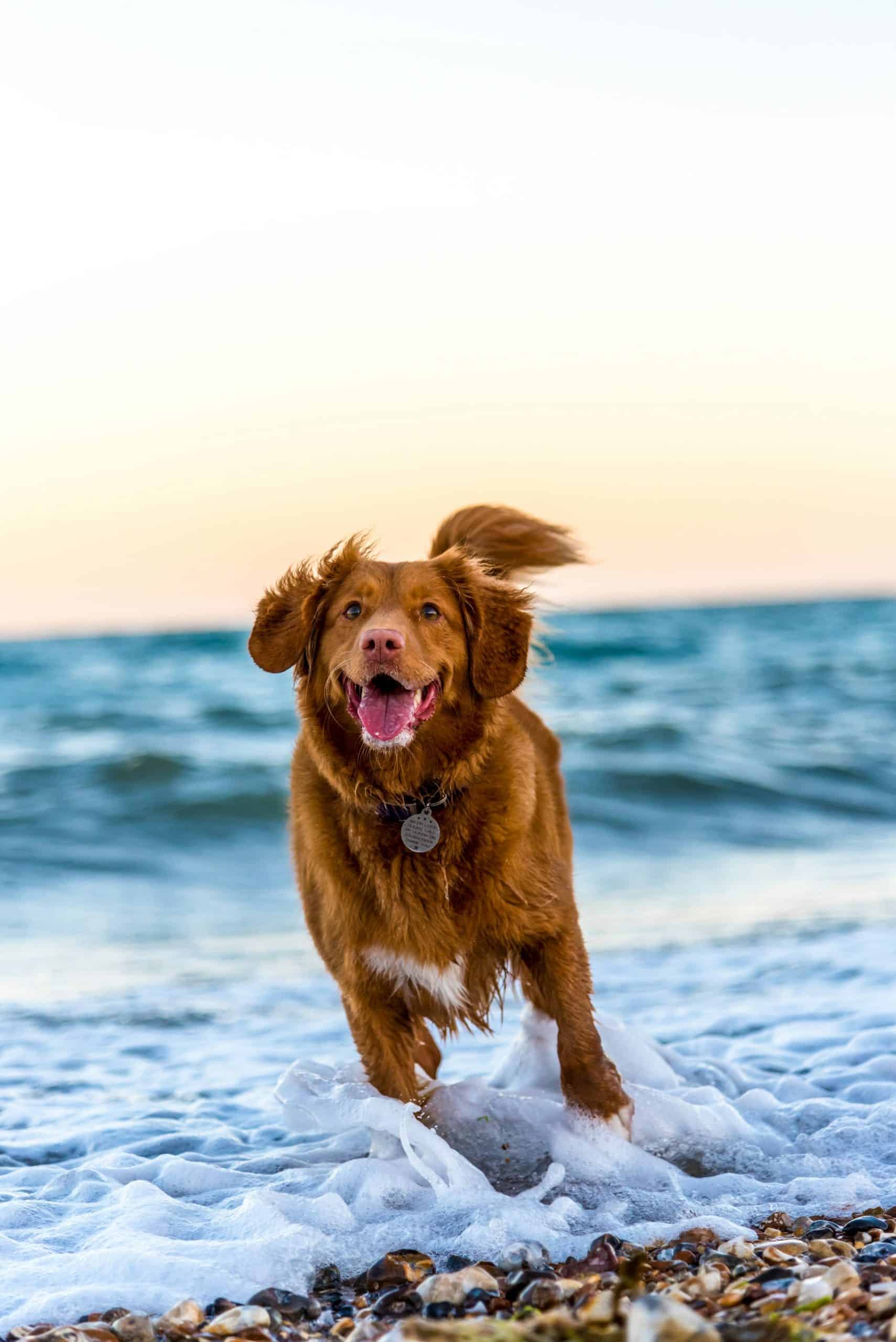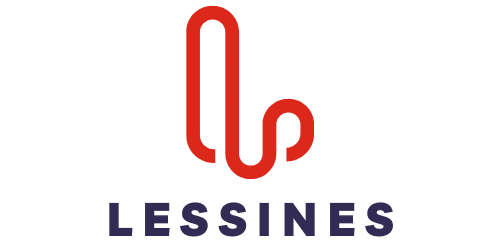What’s the Best Method for Teaching a Dog Recall in a Distracting Environment?

Training a dog, especially recall training, has its challenges. How do you get your dog to listen to you when there are a million other exciting things happening around them? This guide will help you understand and navigate the process with insights from professional trainers and experts in the field.
Understanding Recall Training for Dogs
Recall is a fundamental command in a dog’s training, it allows you to call your dog back to you in a distracting environment, ensuring their safety and your peace of mind. This can be particularly useful in public places where your dog’s leash might not be the best control method.
A découvrir également : How to Structure a Therapeutic Exercise Program for a Dog Recovering from Knee Surgery?
Recall training involves using a cue, such as a word or a whistle, to call your dog back to you. The goal is to make the dog associate the cue with the behavior of returning to you, irrespective of any distractions around them. The American Kennel Club (AKC) advises that recall training should start as early as a puppy’s first week at home.
Steps to Start Recall Training
Starting recall training isn’t as daunting as it may seem. Here’s a step-by-step guide on how you can begin this crucial part of your dog’s training.
A lire en complément : Can You Train a Cat to Perform Agility Tasks Comparable to Dogs?
-
Choose your recall word or sound: This word or sound, often called a ‘cue’, will be what you use to call your dog back to you. The cue should be distinct and not easily confused with other commands.
-
Start training in a distraction-free environment: Before exposing your dog to distractions, it’s crucial to start training in a quiet, controlled environment, like your living room.
-
Get your dog’s attention: To start with, make sure you have your dog’s attention. This could be by holding a treat, a toy, or just calling their name.
-
Issue the recall cue: Once you have their attention, issue your recall cue and use the treat or toy to lure your dog towards you.
-
Reward your dog: As soon as your dog comes to you, reward them with the treat or toy and lots of praise. The reward reinforces the behavior, making it more likely they will repeat it in the future.
-
Practice regularly: Recall is not something dogs will learn overnight. Regular, consistent practice is key to teaching your dog this important behavior.
Gradually Introducing Distractions
After your dog has mastered recall in a controlled environment, it’s time to gradually introduce distractions. Remember, the goal here is not to set your dog up for failure but to slowly accustom them to responding to the recall cue irrespective of what’s around them.
To do this, you can start by adding mild distractions, such as a family member walking past while you’re training. Over time, increase the level of distraction. This could mean training in a park with other dogs and people around, or using a toy they like as a distraction.
Remember to always reward your dog for responding correctly to the recall cue, especially in the presence of distractions.
Dealing with Challenges in Recall Training
Recall training can be challenging. Dogs, like humans, have their strengths and weaknesses when it comes to learning new skills. Some dogs may struggle more with recall than others, and that’s okay. With patience, consistency, and a positive approach, you can teach your dog recall.
One common challenge in recall training is what trainers call ‘selective hearing’. This is when your dog seems to hear the recall cue but decides to ignore it. If this happens, don’t scold or punish your dog. Instead, consider whether the distraction might be too strong, or if your dog might need a stronger incentive to respond.
Another challenge is the ‘run and grab’ scenario, where your dog comes back to you only to run off again immediately. To counter this, try offering a treat and then immediately issuing the recall cue again. This can help reinforce that coming back to you will have positive outcomes.
Using Professional Help for Recall Training
Sometimes, despite your best efforts, recall training might prove too challenging to handle alone. In such cases, don’t hesitate to seek professional help. Expert dog trainers, many of whom are certified by the AKC, can provide targeted, personalized training to help your dog master recall.
Professional trainers use proven methods and techniques to teach recall and can provide valuable guidance and support throughout the process. They can also help address any specific challenges your dog may be facing in their training.
While teaching your dog recall can feel like a daunting task, remember that every step, no matter how small, is progress. With patience, consistency, and possibly a little professional help, you’ll be well on your way to having a dog that responds promptly to your call, even in the most distracting environments.
Making Recall Training a Habit
Inculcating recall as a habit in your dog is crucial to ensure they respond promptly whenever you issue the recall cue. Building a habit takes time and patience, but with consistent efforts, it will become second nature to your dog.
The first step in making recall a habit is practicing daily. Dogs learn through repetition, so ensure that you’re practicing recall every day. You don’t need to dedicate hours; even a few minutes a day can make a world of difference.
Next, always use the same recall word or sound. Changing your recall cue can confuse your dog and delay their learning. Remember, the consistency of your recall word is key to successful recall training.
Finally, consider incorporating recall training into your daily routine. You can practice recall when you’re out for a walk in the dog park, during meal times, or even when you’re playing with your dog. This way, your dog will associate the recall cue with everyday activities, reinforcing the habit.
Recall Training and Leash Work
Recall training and leash work often go hand in hand. In the initial stages of recall training, using a long leash can be beneficial. The leash allows you to maintain control over your dog while still giving them a sense of freedom.
When your dog is on the long leash, practice issuing your recall cue. If your dog doesn’t respond, you can use the leash to gently guide them back to you. Ensure that you use the leash to guide, not to pull or tug.
As your dog becomes more reliable in their recall, you can gradually reduce the leash length. Eventually, you’ll be able to practice recall with them off-leash, even in distracting environments.
Remember, a leash should not be a crutch in the recall training. It should serve as a tool that aids in the early stages of training, and your goal should be to have your dog responding to the recall cue reliably, whether they’re on a leash or not.
Conclusion
Recall training is a crucial aspect of dog training that ensures the safety of your dog in distracting environments. Whether it’s a bustling dog park or a busy city street, a solid recall is what allows you to maintain control over your dog without the need for a leash.
While the process can have its challenges, the key to successful recall training lies in patience, consistency, and positivity. Remember to gradually introduce distractions and to always reward your dog for responding correctly to the recall cue. Despite the challenges, with time and dedication, your dog will learn to respond to the recall cue promptly, even in the most distracting situations.
And if you ever find the task too daunting, don’t hesitate to seek professional help. Expert dog trainers can provide guidance and leverage their knowledge of proven methods to help you teach your dog recall. In the end, the goal is a dog that’s safe, responsive, and happy.
So, as you venture into this aspect of dog training, remember that your efforts will be rewarded with a dog that comes when called, irrespective of where you are or what’s happening around them.
